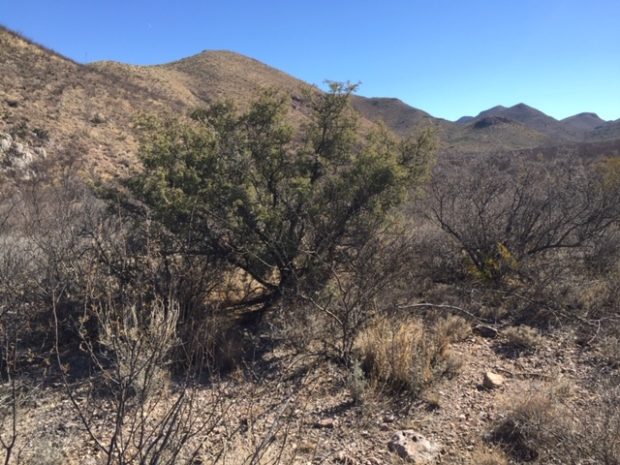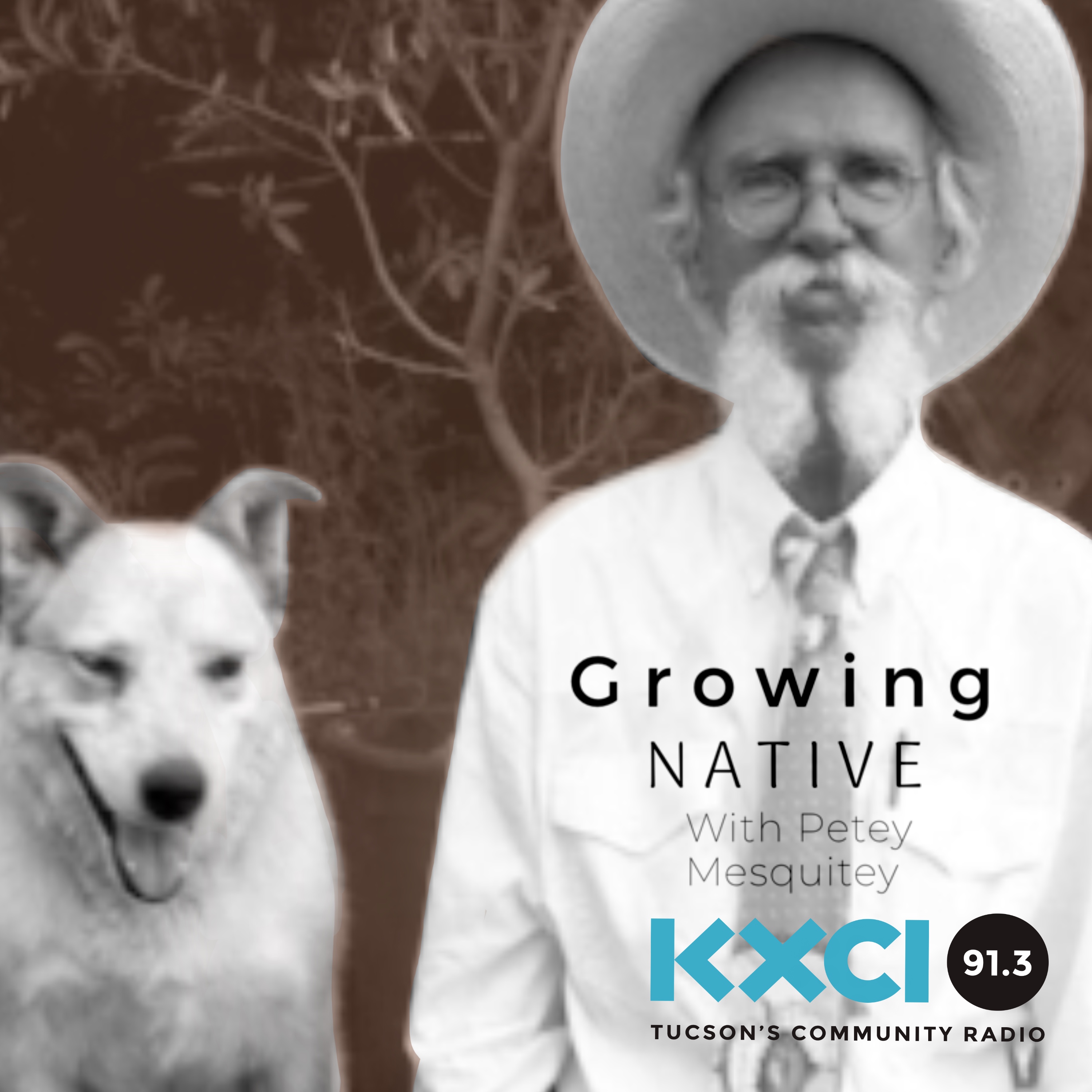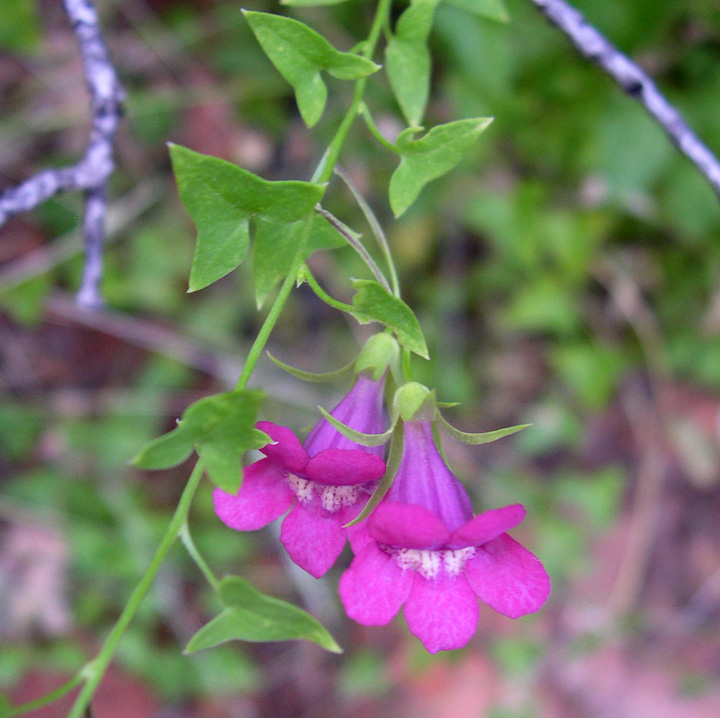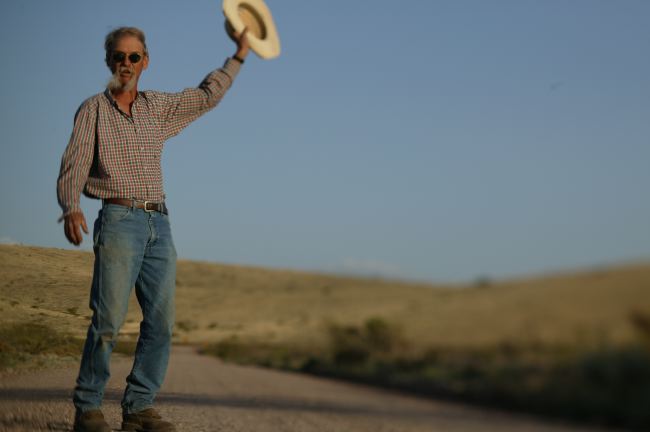One of the positive sides of isolating and staying very close to home during the pandemic is that I am discovering new places and rediscovering old haunts. I can’t tell you how many times I roared through and past Leslie Canyon in my truck headed to goodness knows where. “I’ll stop there, next time,” I’d mutter to no one in the truck. Well, it looks like now I’ll be stopping.
The refuge was created in 1988 to protect 2 species of native fish, the Yaqui chub and the Yaqui top minnow. The plant list for the refuge was done then and it included the plants of the San Bernardino Wildlife Refuge to the southeast along the International Border and with very different biomes. When I first looked for a plant list I found the old one from the 1980s and thought it seemed to be missing some stuff. That makes sense because both refuges were established about water and native fish and maybe the flora wasn’t as important as the fish at the time, but then I found the 2014 plant survey list for just the Leslie Canyon Refuge and oh my goodness, it must have been so fun to do that work. Over 300 species were added to the plant list! The Leslie Canyon National Wildlife Refuge is truly about interesting fauna and flora.

The photos are mine and of Condalia warnockii in dry rocky desert …common names: warnock condalia or Mexican crucilllo. And below are a couple links for more information about the refuges.
https://www.fws.gov/refuge/leslie_canyon/
https://www.fws.gov/refuge/San_Bernardino/

The glossary in the back of a flora is full of wonderful words that you may never had heard or seen before, especially if...

March really is the month of change around all of us in the borderlands of southern Arizona. How fun to celebrate the arrival of...

Petey will never be a learned fellow, but he’s a pretty nice fella. Tufted evening primrose (Oenothera caespitosa) is beautiful wildflower of the uplands. ...